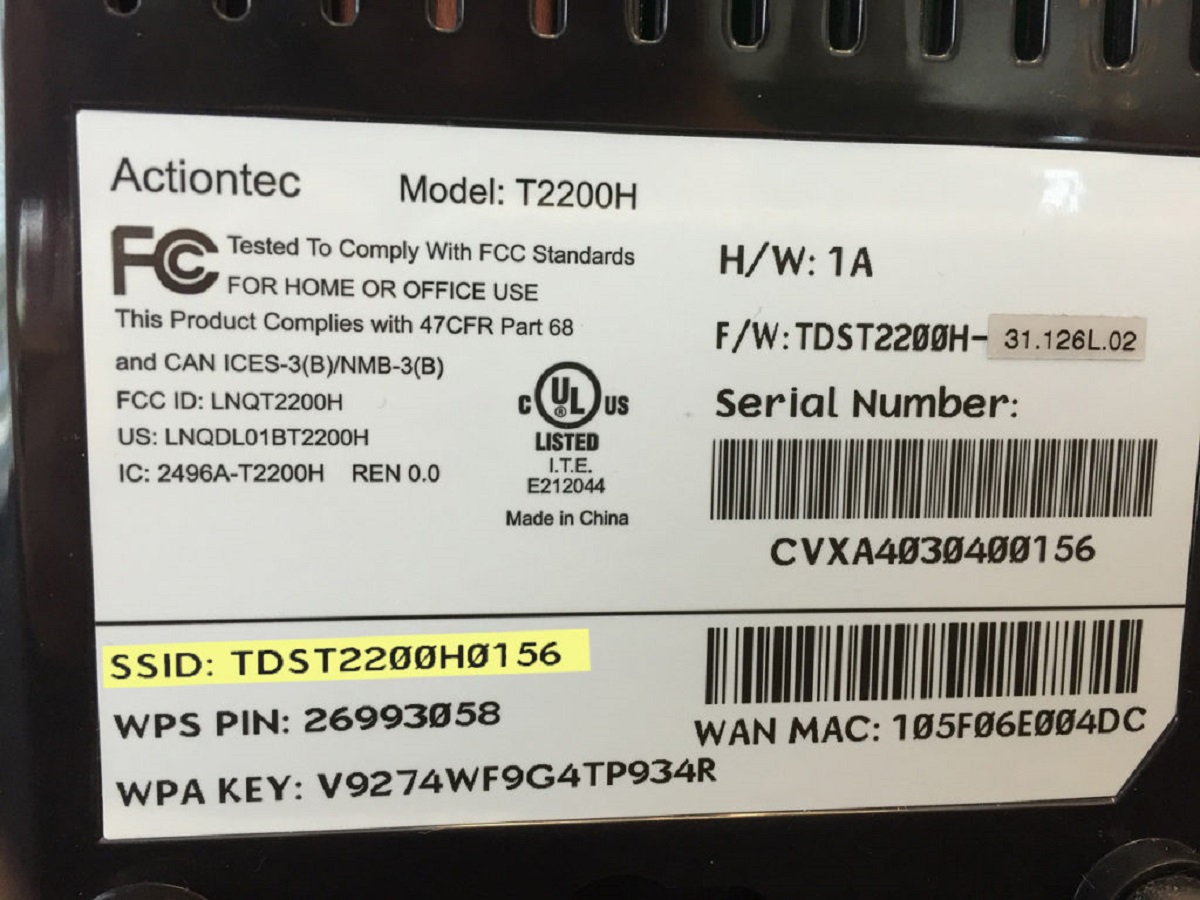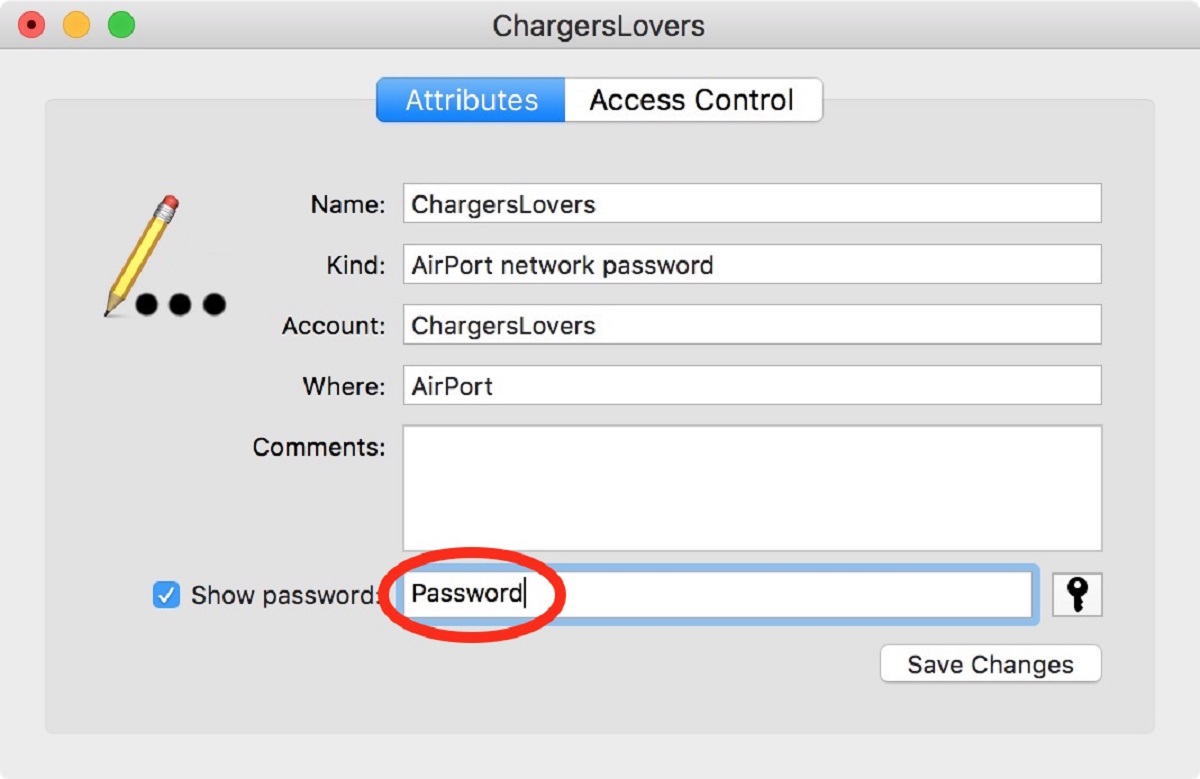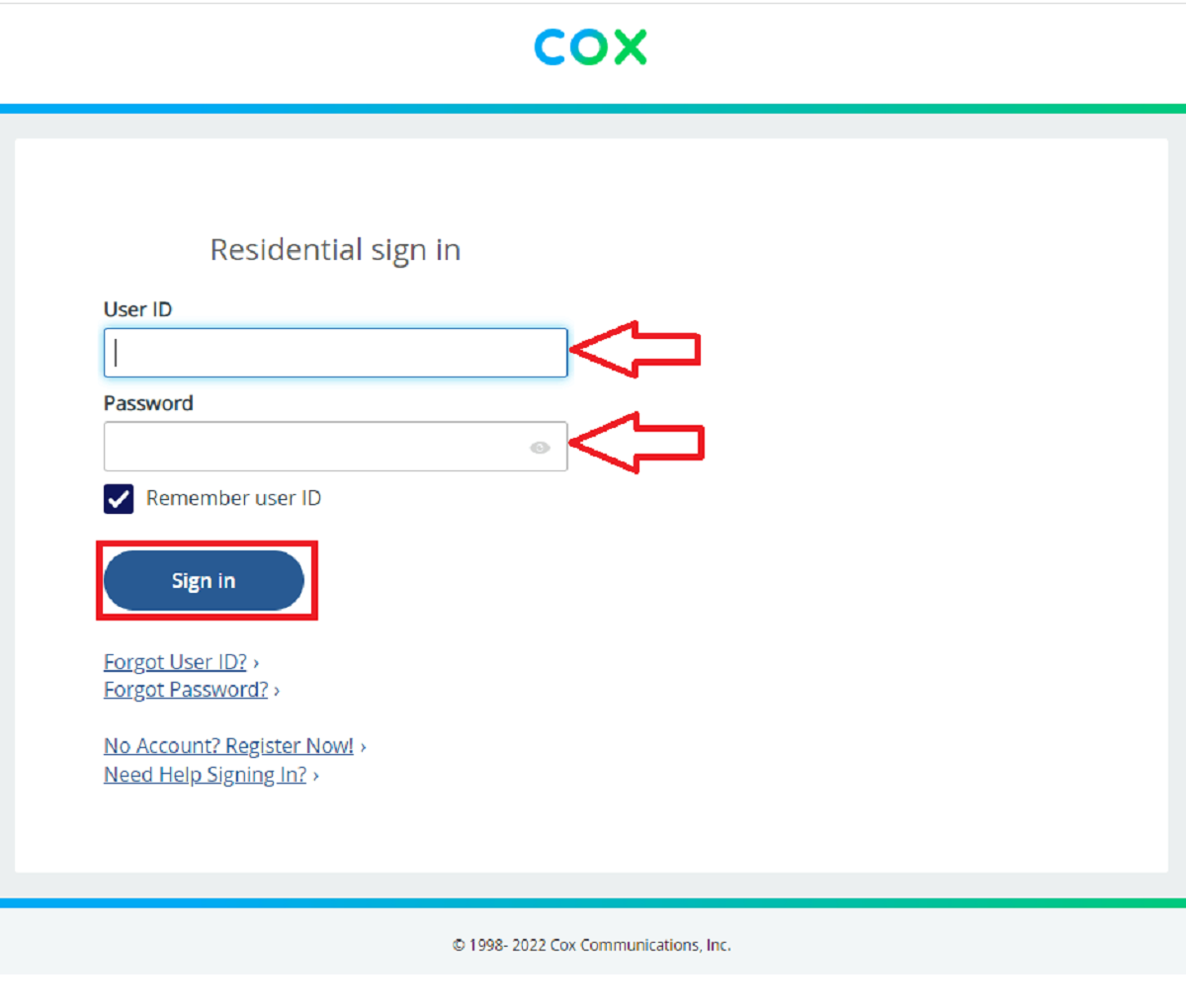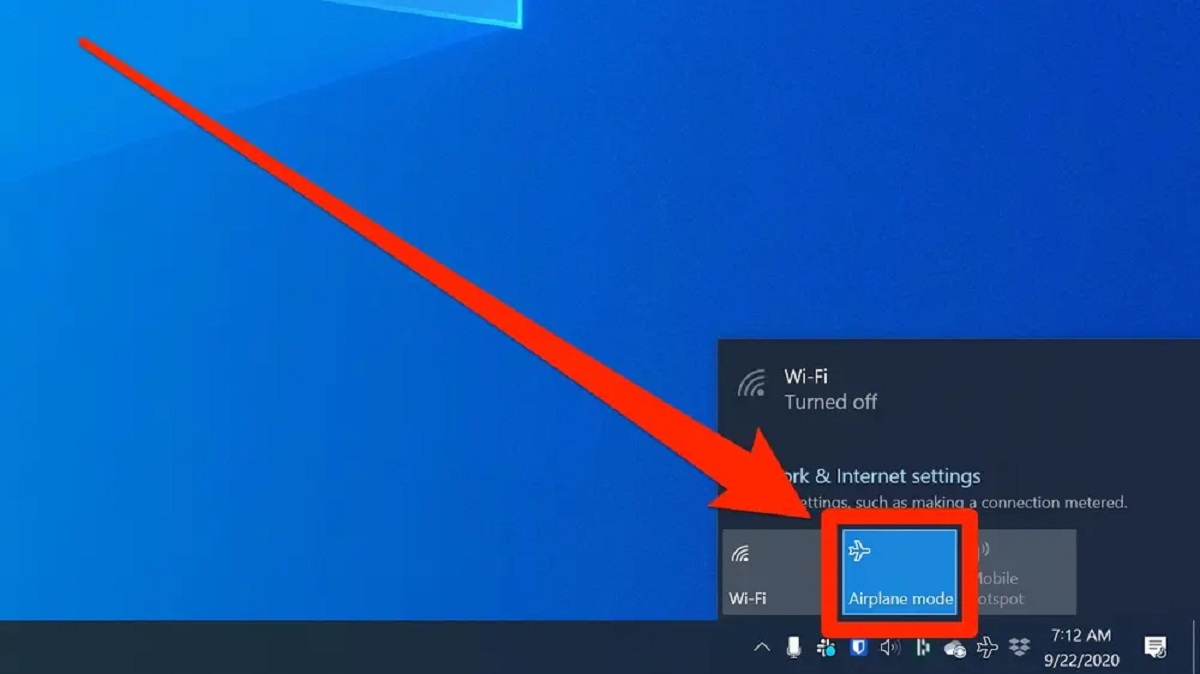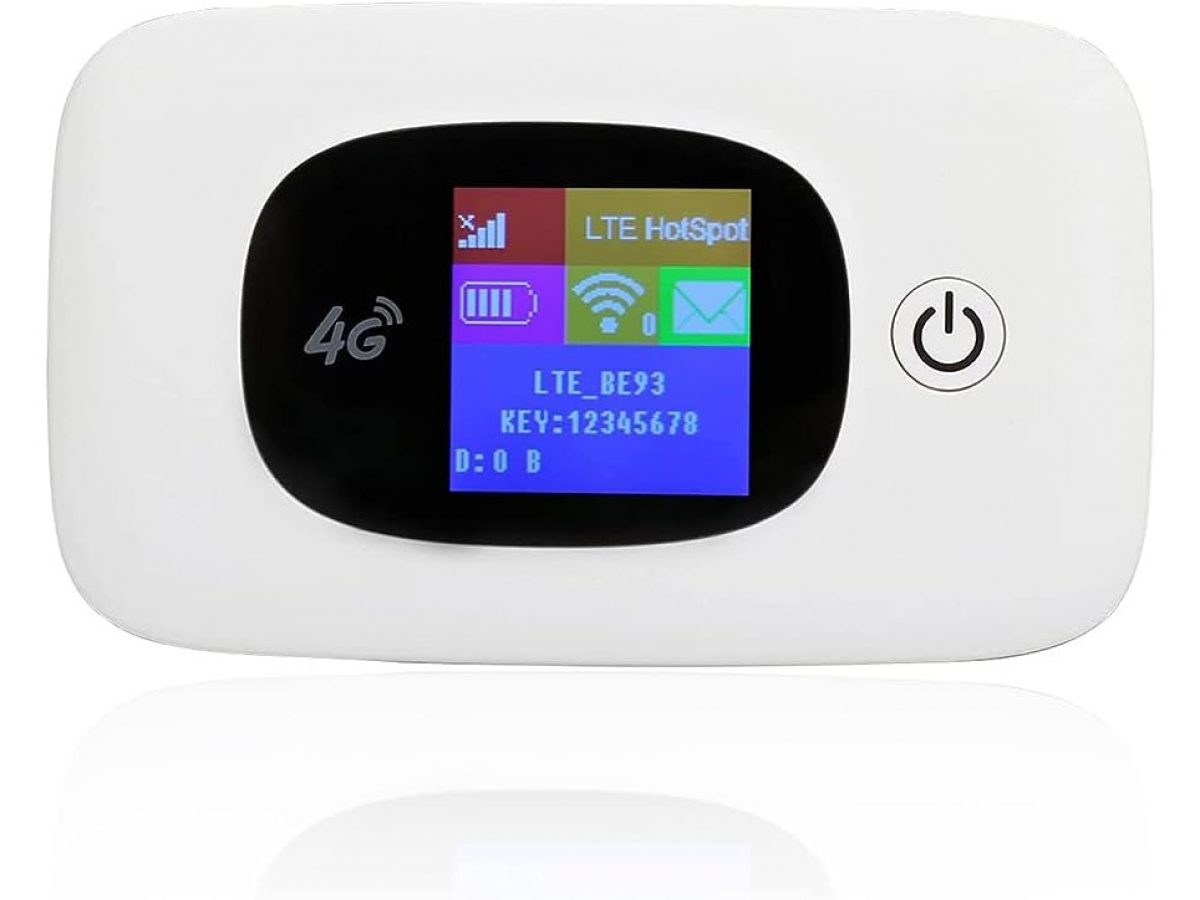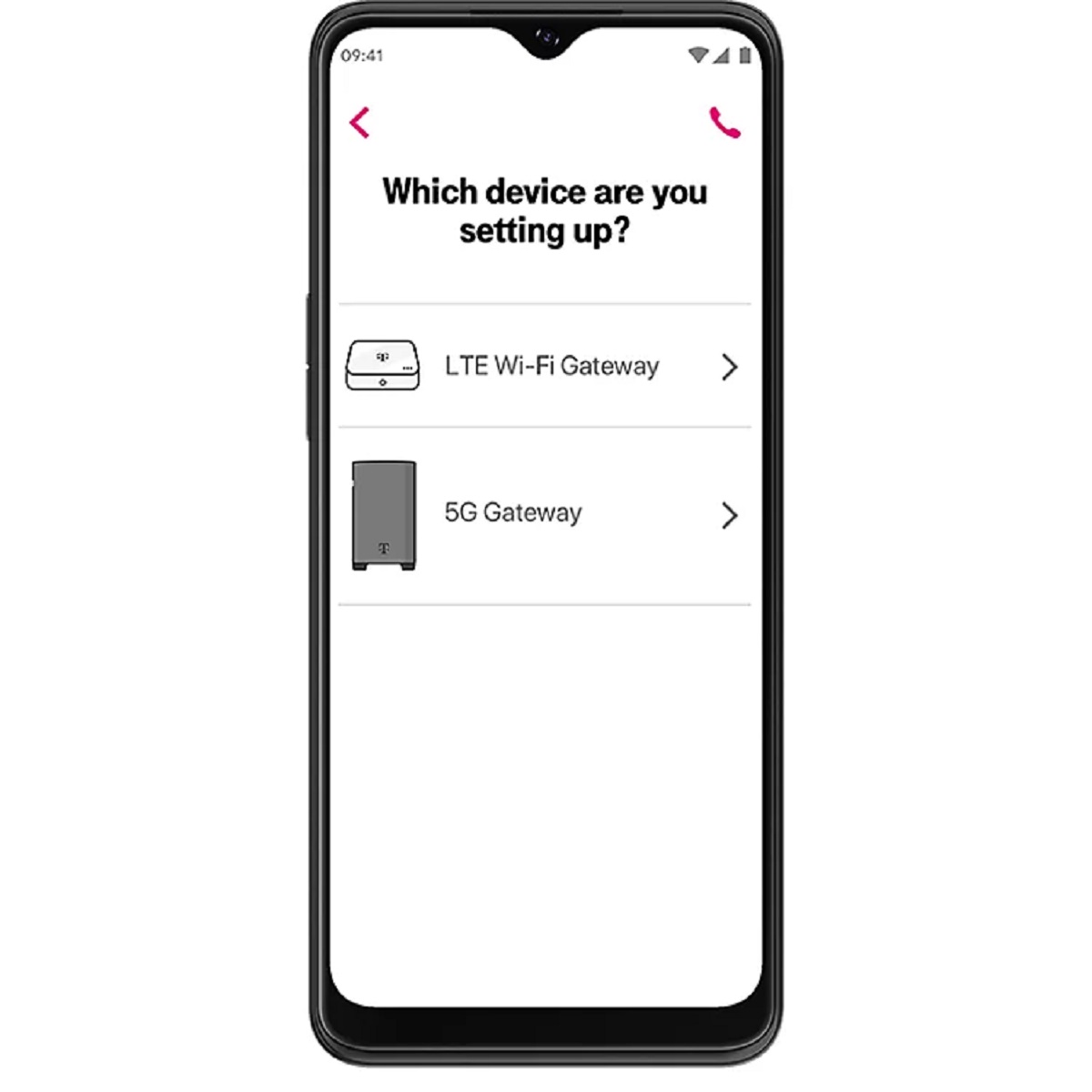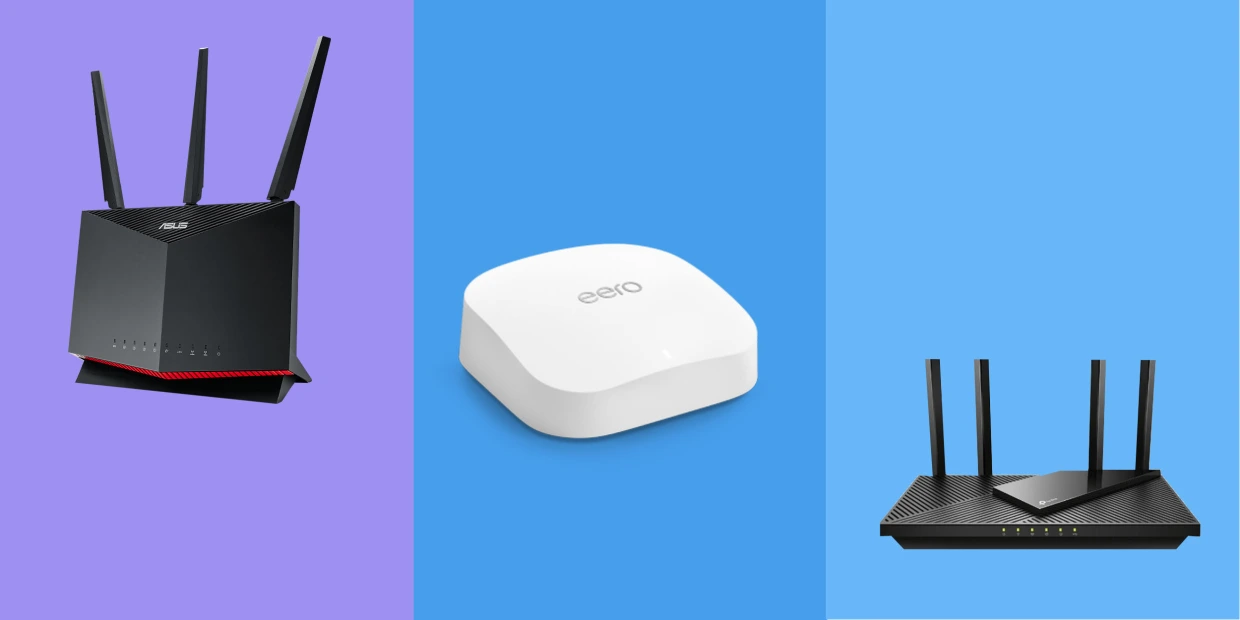Introduction
As technology continues to evolve, having access to a stable and secure internet connection has become an essential part of our daily lives. And when it comes to connecting our devices to the internet, one of the most common methods is through a Wi-Fi network. Whether you’re at home, in a café, or at the office, you rely on the Wi-Fi signal provided by a router to stay connected.
When setting up a Wi-Fi network, one crucial step is protecting it with a password. This creates a barrier that ensures only authorized users can gain access to your network, safeguarding your personal information and preventing unauthorized usage. However, there may be instances when you need to share your Wi-Fi password with a guest or reconnect a device to your network, and it becomes essential to know where to find the Wi-Fi password on your router.
While the process may vary slightly depending on the router model and manufacturer, there are several common methods to locate the Wi-Fi password. In this article, we will explore various options to help you find the Wi-Fi password on your router with ease.
Understanding your router
Before diving into the different methods of finding the Wi-Fi password on your router, it’s essential to understand a few basics about routers. A router is a device that allows multiple devices to connect to the internet using a single internet connection. It acts as the central hub that forwards data packets between your devices and the internet service provider.
Most modern routers come with built-in Wi-Fi capabilities, allowing wireless devices such as smartphones, laptops, and tablets to connect to the internet without the need for additional cables. When you set up a Wi-Fi network, you create a wireless local area network (WLAN) that enables seamless internet connectivity throughout your home or office.
To access and control your router’s settings, you typically need to know the router’s IP address and access the admin panel through a web browser. The administrator panel provides a user interface where you can customize various settings, including changing the Wi-Fi password, managing connected devices, and configuring security settings.
It’s important to note that different router models and manufacturers may have variations in terms of their interface and access method. However, the fundamental concepts discussed here are applicable to most routers and can help you navigate through the process of finding the Wi-Fi password.
Now that we have a basic understanding of routers let’s explore the different methods you can use to locate the Wi-Fi password on your router.
The importance of a Wi-Fi password
In today’s digital age, where almost every aspect of our lives is connected through the internet, securing our Wi-Fi network with a strong password is of utmost importance. Here are a few reasons why having a Wi-Fi password is crucial:
- Protecting your network from unauthorized access: By setting up a Wi-Fi password, you prevent unauthorized individuals from connecting to your network and potentially accessing your personal information or conducting malicious activities. It acts as a barrier, ensuring that only authorized users can access your network.
- Safeguarding your internet bandwidth: Without a password, anyone in the vicinity could connect to your Wi-Fi network, causing a significant drain on your internet bandwidth. By securing your network, you ensure that only authorized devices can have access, helping to maintain optimal network performance for your own use.
- Preventing data interception: Wi-Fi networks transmit data wirelessly, which means that without encryption and a password, it becomes easier for hackers to intercept your sensitive information, such as login credentials, financial details, and browsing history. By setting a strong password, you add an extra layer of security to your network, making it more difficult for malicious individuals to gain access to your data.
- Controlling network usage: Having a Wi-Fi password allows you to have better control over who is connected to your network. This is particularly important in terms of managing the number of connected devices, allocating bandwidth to specific devices or users, and ensuring a smooth and reliable internet experience for everyone.
- Protecting your devices: When you connect your devices to a password-protected Wi-Fi network, it adds an additional layer of security to your devices themselves. Updates and security features provided by the router can help protect against potential vulnerabilities and keep your devices safe from potential online threats.
Overall, setting a strong Wi-Fi password is crucial in maintaining the security and integrity of your network, as well as protecting your personal information and devices from potential threats. Now that we’ve understood the importance of a Wi-Fi password, let’s explore where you can find the Wi-Fi password on your router.
Where to find the Wi-Fi password on your router
When it comes to finding the Wi-Fi password on your router, there are several options you can explore depending on your router model and manufacturer. Here are a few common methods:
- Checking the router label: Some routers have a label attached to the device itself that displays important information, including the Wi-Fi network name (SSID) and password. Look for a sticker or label on the bottom or back of your router that provides this information. Keep in mind that this method may not be available on all router models.
- Accessing the router admin panel: Most routers come with a web-based admin panel that allows you to customize settings and view various network details. To access this panel, open a web browser on a device connected to your router and enter the router’s IP address in the address bar. Once logged in, navigate to the Wi-Fi settings section, where you should find the Wi-Fi password listed. The IP address and login credentials may vary depending on your router, so refer to the router’s manual or manufacturer’s website for specific instructions.
- Using the router’s mobile app: Some router manufacturers provide dedicated mobile apps that allow you to easily manage and configure your router settings. Download the app compatible with your router model, and after connecting to your network, access the Wi-Fi settings section. Here, you should be able to find the Wi-Fi password displayed or access a feature to generate a QR code with the password for easy sharing.
- Checking the router manual or website: If you have the router’s manual or know its specific model, you can refer to the documentation provided. Look for instructions on locating the Wi-Fi password within the manual or visit the manufacturer’s website for any support articles or resources related to your router model.
- Resetting the router password: If you have changed the default Wi-Fi password and cannot remember it, you can reset the router to its factory settings. Most routers have a small reset button that you can press using a paperclip or similar tool. Press and hold the button for about 10 seconds until the router restarts. After resetting, you can log in using the default login credentials, which are often printed on the router or provided in the manual, and then set up a new Wi-Fi password.
Remember, the process of finding the Wi-Fi password may vary depending on your router model and manufacturer. If you encounter any difficulties or have specific questions, it’s recommended to consult the router’s manual or contact the manufacturer’s customer support for further assistance.
Option 1: Checking the router label
One of the simplest and most convenient methods to find the Wi-Fi password on your router is by checking the router label. Many routers have a sticker or label attached to the device itself that contains important information, including the network name (SSID) and password.
To locate the router label, look for a sticker or tag on the bottom or back of your router. It is usually clearly visible and easily accessible. The label may provide details such as the router’s default login credentials, network name, password, and even the default IP address to access the router’s admin panel.
Once you find the label, take note of the Wi-Fi password listed. It is usually labeled as “password,” “security key,” or “passphrase.” The password may be a combination of letters, numbers, and symbols. Some routers may even provide a QR code that you can scan with your smartphone or other devices to quickly connect them to your Wi-Fi network.
It’s important to note that not all routers have this information readily available on a label. Some routers may have a separate card or insert included in the packaging that contains this information. If you cannot find the label or card with the Wi-Fi password, don’t worry. There are other methods to find the password, which we will explore in the following sections.
Checking the router label is a quick and straightforward method to find the Wi-Fi password on your router. It’s especially useful if you haven’t changed the default password provided by the manufacturer. However, if you have modified the password or are using a different router, you may need to explore alternative options, which we will discuss in the next sections.
Option 2: Accessing the router admin panel
If you’re unable to find the Wi-Fi password on the router label, another method to locate it is by accessing the router’s admin panel. The admin panel provides a web-based interface where you can configure various settings, including the Wi-Fi password.
To access the router admin panel, you’ll need to know the router’s IP address and have a device connected to the router’s network. Follow these steps to locate the Wi-Fi password through the admin panel:
- Open a web browser on a device that is connected to the Wi-Fi network.
- Type the router’s IP address in the address bar of the browser. The IP address is a series of numbers (e.g., 192.168.1.1) that identifies your router. You can find the IP address in the router’s manual or on the router label.
- Press Enter or Return to access the admin panel website.
- You will be prompted to enter the router’s login credentials. This information is typically also available in the router’s manual or on the router label. If you haven’t changed the default login credentials, they should be printed on the label or in the manual.
- Once logged in, navigate to the Wi-Fi settings or wireless settings section of the admin panel.
- Look for the Wi-Fi password field. The password may be labeled as “passphrase,” “key,” or “security key.”
- Make note of the Wi-Fi password listed in the field. It is usually a combination of letters, numbers, and symbols.
If you have changed the Wi-Fi password in the past and cannot remember it, you can also update the password from the admin panel. Simply enter a new password in the appropriate field and save the changes.
Remember to keep your Wi-Fi password in a secure place and avoid using easily guessable passwords. Updating your Wi-Fi password regularly can also help ensure the security of your network.
Accessing the router admin panel provides a comprehensive way to manage your router settings, including finding or changing the Wi-Fi password. However, if you encounter any difficulties or your router’s admin panel is inaccessible, there are alternative methods we will explore in the following sections.
Option 3: Using the router’s mobile app
If you’re looking for a user-friendly and convenient method to find the Wi-Fi password on your router, using the router’s mobile app is a great option. Many router manufacturers provide dedicated mobile apps that allow you to manage and configure your router settings easily.
To utilize this option, follow these steps:
- Download and install the mobile app provided by your router manufacturer. You can find the app on the App Store for iOS devices or the Google Play Store for Android devices.
- Connect your smartphone or tablet to your Wi-Fi network. Ensure that you are connected to the same network that your router is broadcasting.
- Open the router’s mobile app on your device.
- Sign in using your router’s admin credentials. If you haven’t changed the default login credentials, they should be provided in the router’s manual or on the router label.
- Once logged in, navigate to the Wi-Fi settings section within the app.
- Look for the Wi-Fi password field, which may be labeled as “passphrase” or “security key.”
- Take note of the Wi-Fi password displayed in the app.
Some router apps may also provide additional features, such as generating a QR code with the Wi-Fi password. This QR code can be scanned by other devices to quickly connect them to your Wi-Fi network without manually entering the password.
Using the router’s mobile app not only allows you to find the Wi-Fi password but also provides a convenient way to manage and customize other settings. You can modify the network name (SSID), change the Wi-Fi password, manage connected devices, enable parental controls, and more, all from the convenience of your mobile device.
If you encounter any difficulties or are unsure which router app to use for your specific router model, refer to the router’s manual or visit the manufacturer’s website for more information and support.
Now that we’ve explored the option of using the router’s mobile app, let’s continue to the next section to discover alternative methods to find the Wi-Fi password on your router.
Option 4: Checking the router manual or website
If you’re unable to find the Wi-Fi password through the router label, admin panel, or mobile app, another reliable method is to consult the router’s manual or visit the manufacturer’s website. Both of these resources often provide valuable information and instructions on finding the Wi-Fi password for your specific router model.
Here’s how you can use this option to locate the Wi-Fi password:
- Locate the manual that came with your router. It is usually provided in the product packaging. If you no longer have the physical copy, you can often find an electronic version of the manual on the manufacturer’s website.
- Refer to the table of contents or index of the manual to find the section related to the Wi-Fi settings or password.
- Read through the instructions provided in the manual. It should guide you on how to access the Wi-Fi password or where to locate it.
- If you don’t have the physical manual or cannot find it online, visit the manufacturer’s website.
- Look for the “Support” or “Downloads” section on the website, where they typically provide resources such as manuals, FAQs, and guides for different router models.
- Enter your router model or select it from the provided options to access the specific support page for your router.
- Browse through the articles or search for keywords related to finding the Wi-Fi password. The support page should provide detailed instructions and relevant information.
By consulting the router manual or manufacturer’s website, you can gain valuable insights into your specific router model and find the necessary instructions to locate the Wi-Fi password. It’s important to take note of any password-related instructions and keep them in a secure place for future reference.
If you encounter any difficulties or cannot find the necessary information from the manual or website, consider reaching out to the manufacturer’s customer support for further assistance. They will be able to provide specific guidance related to your router model and help you locate the Wi-Fi password.
Now that we’ve explored the option of checking the router manual or website, let’s move on to the next section to discover an alternative method to find the Wi-Fi password on your router.
Option 5: Resetting the router password
If you have exhausted all other options and are still unable to find the Wi-Fi password on your router, you can consider resetting the router password to its default settings. This option should be used as a last resort, as it will erase any personal configurations you may have made on the router.
Here’s how you can reset the router password:
- Locate the reset button on your router. It is usually a small, recessed button that can be pressed using a pointed object such as a paperclip or pin.
- Ensure that the router is powered on and connected to a power source.
- Press and hold the reset button for about 10 seconds or until the router’s lights start flashing. This duration may vary depending on the router model, so refer to the router’s manual for specific instructions.
- Release the reset button and wait for the router to reboot. This process may take a few minutes.
- Once the router has restarted, it will be restored to its factory default settings. This includes the default Wi-Fi network name (SSID) and password.
- Refer to the router’s manual or label to find the default Wi-Fi password. It is often printed on the router or provided in the manual.
- Connect to the router’s Wi-Fi network using the default password. You can then access the router admin panel to change the Wi-Fi password to your preferred choice.
Before resetting the router, it’s important to keep in mind that this process erases any personalized settings and configurations. You will need to reconfigure the router’s settings after the reset, such as setting up your Wi-Fi network name (SSID), password, and other preferences.
Additionally, resetting the router password should only be done if you have physical access to the router and admin rights. If you are using a router provided by your internet service provider (ISP), they may have specific procedures or restrictions in place for resetting the router password. It’s always a good idea to contact your ISP’s customer support for guidance before performing a reset.
By resetting the router password, you can gain access to the default settings and Wi-Fi password. However, be sure to update the password to a strong and secure one to maintain the integrity and security of your network.
With this option explored, we have covered various methods to find the Wi-Fi password on your router. In the next section, we will summarize the key points and provide some concluding thoughts.
Conclusion
Securing your Wi-Fi network with a strong password is essential for protecting your personal information, safeguarding your internet bandwidth, and preventing unauthorized access. When it comes to finding the Wi-Fi password on your router, there are several options available depending on your router model and manufacturer.
You can start by checking the router label, which often contains important information such as the network name (SSID) and password. If that doesn’t work, accessing the router’s admin panel through a web browser is another common method. From the admin panel, you can navigate to the Wi-Fi settings section and locate the Wi-Fi password.
Using the router’s mobile app is a user-friendly option that allows you to easily manage and configure your router settings, including finding or changing the Wi-Fi password. Alternatively, consulting the router manual or visiting the manufacturer’s website provides valuable information and instructions specific to your router model.
If all else fails, resetting the router password to its default settings can be considered as a last resort. However, keep in mind that this erases all personalized settings, and you will need to reconfigure the router after the reset.
Remember to always keep your Wi-Fi password secure and avoid using easily guessable passwords. Regularly updating your password adds an extra layer of security to your network.
By following the methods outlined in this article, you can confidently locate the Wi-Fi password on your router and maintain a secure and reliable internet connection for all your devices.







